Summer Math Fun for Preschoolers & Kindergarteners

Guest Post by Charity Hawkins, author of The Homeschool Experiment
Teaching math to young children is easy. No worksheets, flashcards or apps are required. All that is required is a willing adult who will help explain how the world works to these inquiring little minds.
Think of it this way: anything with numbers is math. Here are some easy ways to teach math concepts to your young children this summer.
Money – I like to have the kids count out coins or dollars for ice cream. Preschoolers can sort the leftover coins into dime and penny towers, learn names, and count the number of coins. Kindergarteners can start to learn how much each coin is worth. You can also talk about the presidents on the coins.They’re learning that money buys things (and I like to mention that it takes work to earn money) and each coin has a name.
Weights – At the grocery store your child can help weigh peaches or tomatoes. You can say, “If one peach weighs one pound, how much do you think three peaches will weigh?” The old-fashioned (non-digital) scales are best for this so your child can see the needle move. You are just reinforcing that you measure how heavy things are with pounds.
Calendar – As you count down days until vacation or a birthday, you can show your child the calendar. Help them learn the days of the week (we sing a little song) and the months of the year (we made up a song for that too). Preschoolers may just understand that we look at a calendar to see what day it is. Older children can count down days, look at the dates, or think about how many months until their birthday. You’re teaching that large amounts of time are measured in days and months. (Years probably won’t make sense until they’re older.)
Time – When your child asks what time it is, help them learn how to tell time. Preschoolers can practice recognizing the numerals on the clock and learning about morning, afternoon, night time. Kindergarteners can start to learn the difference between the hour and minute hand and tell time to the hour. Our daughter likes to proclaim, “Eight o’clock and all is well!”—an idea from her math curriculum. (Telling time to the half or quarter hour can wait until first or second grade.) You’re teaching that small amounts of time are measured in hours and minutes.
Measurement – You can measure items with non-standard measurements like shoes, hand lengths, or whatever is around. How many books long is the table? Older children can learn about inches or meters. (“Feet” is a tricky concept for little ones because they tend to imagine their feet!) You can let them play with a small measuring tape (large ones can snap in and hurt little fingers, so supervise) and measure things. If you think they can understand, you can explain that 12 inches make up one “measuring foot.” I sent my kids out to the backyard with a yardstick to measure the swing I was recovering just to give them a chance to measure something. Anytime you need to measure something (for decorating, backyard work, house projects, etc.), you can invite your kids to join you. You’re teaching the idea that the length of things is measured with inches, feet, and yards.
Dry/Liquid Measurement – The easiest time to talk about this is when you’re cooking. You are teaching words like “cups,” “tablespoons,” and “teaspoons” as the kids measure dry or liquid ingredients. You can also mention “gallons” of milk or a “pint” of cream. And you can count cookies if you have time in between all the telling them to stop eating the cookies.
Temperature – If it’s hot you can say, “Boy, it’s hot! I wonder if it’s 100 degrees!” You can show preschoolers a thermometer and put it outside to watch the red go up, then stick it in the freezer to watch the red go down. Magic! It’s also fun to look at a colored map of the country (USA Today often has these, maybe daily) and look at where it’s hot and where it’s cold. You can play guessing games with older children, ex. “Do you think it’s hotter in Alaska or New Mexico?” and they can practice finding their state. You are teaching them that heat is measured in degrees. You are also teaching geography and map skills.
Maps & Directions – This is sort of science-y and sort of math-y. If you’re going on a vacation, you can show your child a nice old-fashioned paper map and show them the route. I like to make a color copy, then darken the route with a marker, so they can follow along. I’ll call out towns along the way, “We’re getting to Little Rock, who can find it on the map? Which direction are we going?” Oh, and I usually make a copy for each child so they’re not fighting over the map! (But not to worry, they find plenty of other things to fight about.) You can teach the four basic directions, and kindergarteners can learn words like “map compass” and “legend.” You are teaching them that maps are used to show direction and place.
Shapes & Sizes – As you see basic shapes you can teach their names: squares, triangles, ovals, circles and rectangles. Help your child compare items: small, medium, big. “Which one of these balls is the biggest?” “Which one of these towers is the tallest? Which one is shortest?”
Counting – Counting is always good. My three-year-old is counting everything these days: pebbles, potatoes (for half an hour!), animals in books. You can help preschoolers learn the idea of one-to-one correspondence by touching each item in a book with their finger as you count. This and starting to recognize numerals (that “8” means eight items) gives them a great foundation and prepares them for kindergarten. Kindergarteners can start doing simple math problems (ex. Two strawberries plus two more is four). So many fun things to count all around!
What fun ideas do you have for teaching math to little ones?
Charity Hawkins is the author of The Homeschool Experiment: a novel. She lives, writes, and helps count potatoes in Oklahoma. Facebook/TheHomeschoolExperiment


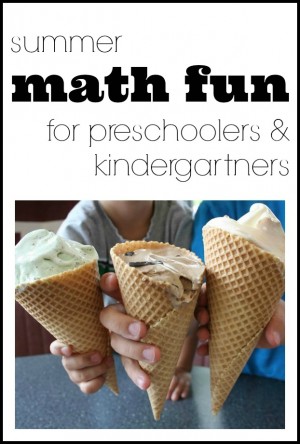
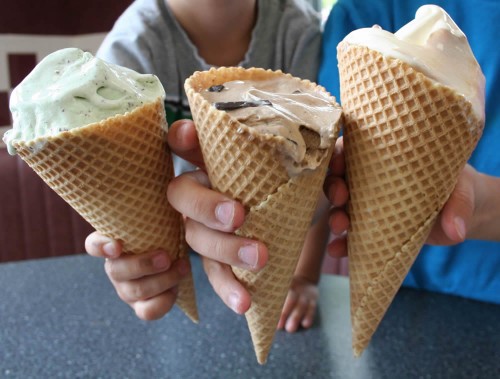

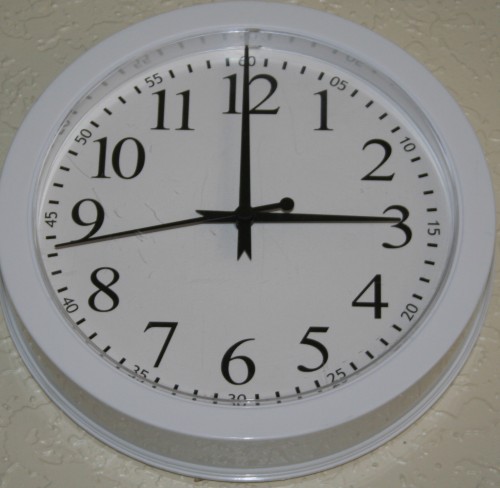
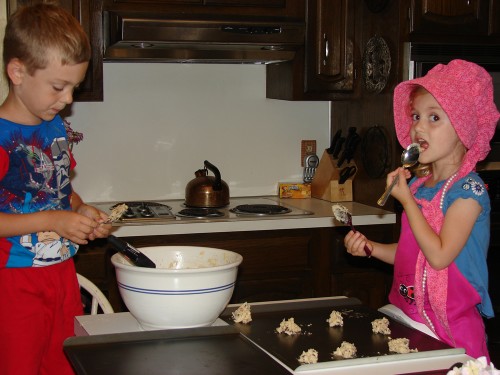
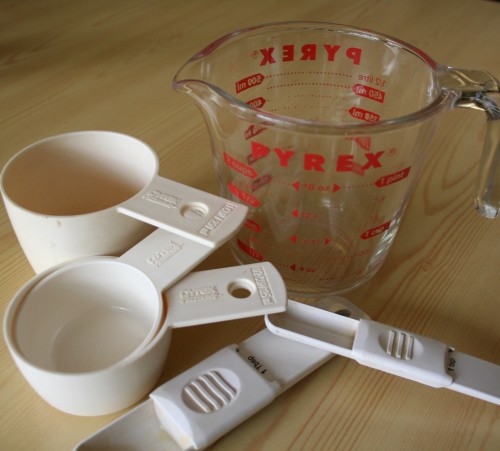

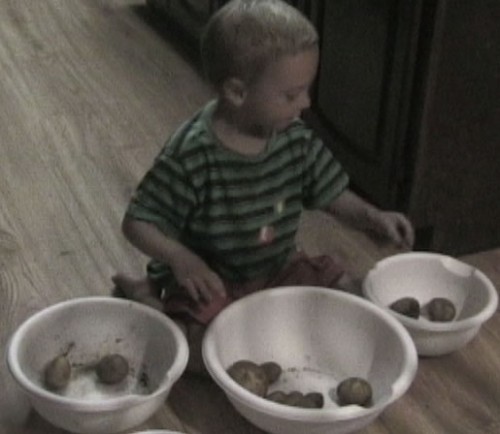

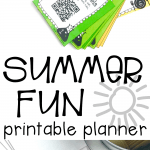

Wonderful web sіte. Lots of helpful information here. I’m sending it to
severаl pals ans additionally sharing in delicious. And certainly, thank you in your effort!